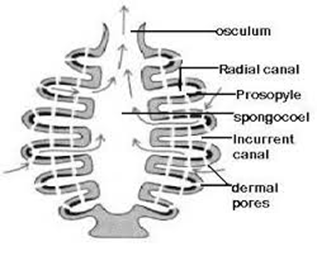Cell biology notes on Golgi appratus
Golgi Complex
The Golgi body is a membrane-bound organelle found in all the eukaryotic cells except RBCs. They remain scattered in the cytoplasm and called dictyosomes but in an animal cell they are localized. Camello Golgi in the year 1898 discovered it from the nerve cell of the cat and named it Golgi after discovery. It plays a significant role in the synthesis of large molecules of complex carbohydrates. Golgi Complex is also known by another name Lipchondria, Idiosome, Dalton Complex, and Golgi Apparatus.
Also, refer - Golgi body
Role Of Golgi Complex - Golgi Complex is responsible for transporting and packaging of protein & lipid molecules into vesicles for delivery to the target destination.
Origin - It is believed that Golgi Body arises from the vesicle of the endoplasmic reticulum.
Structure - Golgi bodies are membrane-bound organelles. When it was studied in an electron microscope then the following structure was seen -
- Cisternae - These are flattened and tubular sacs filled with the fluid. There are 4- 7 cisternae arranged in a parallel bundle and the whole Golgi complex is supported by cytoplasmic microtubules.
- Vesicles - These are in a bulb shape responsible for storing secretory material.
- Vacuoles - This rounded sac-like structure is found at the edge of the Golgi Complex.
- The main function of the Golgi complex is to secrete.
- It helps in cell plate formation.
- Golgi bodies also secrete carbohydrate and in this way, they help in the formation of cell walls.
- Lysosomes are also formed from Golgi Body.



Comments
Post a Comment